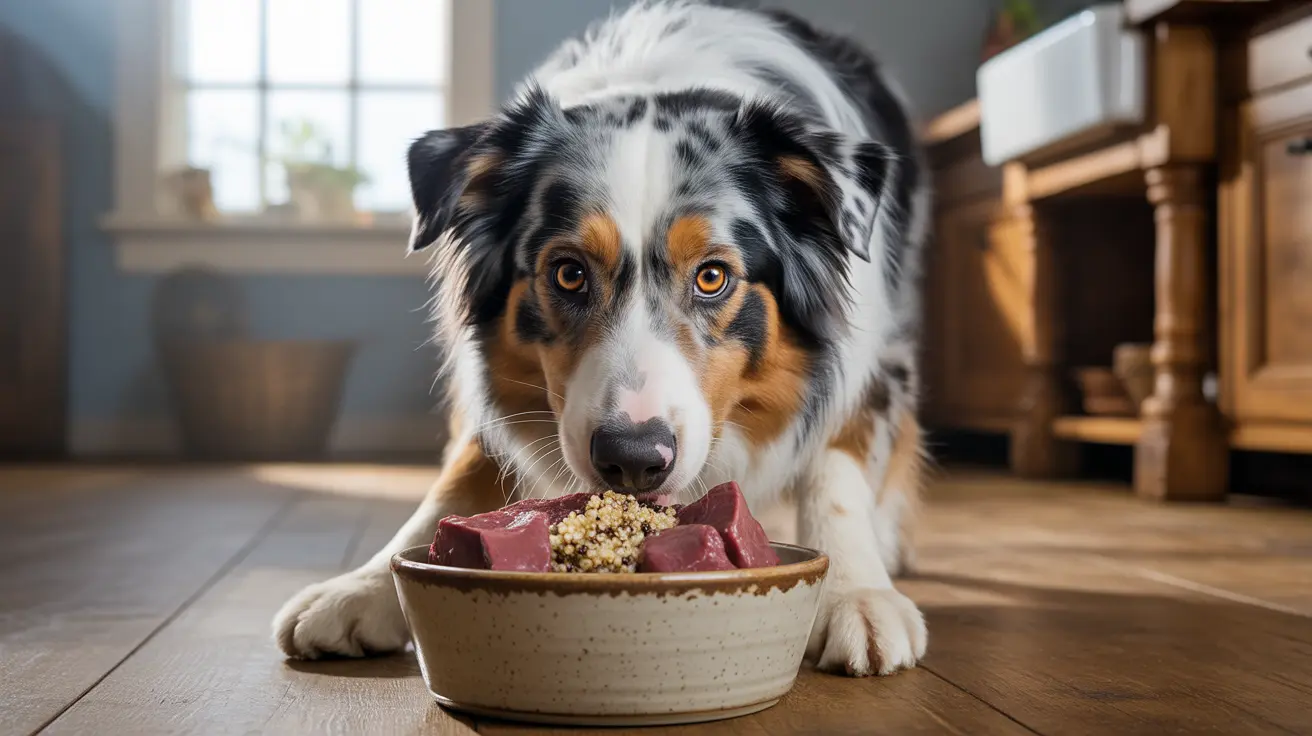What Happens If Your Dog Eats Salt?
Salt, or sodium chloride, is an essential nutrient for dogs in small amounts. It plays a critical role in maintaining fluid balance, nerve and muscle function, and overall cellular activity. However, while moderate sodium intake is safe and necessary, excessive salt consumption can result in salt poisoning, also known as hypernatremia, which is extremely dangerous and potentially fatal.
Why Salt Is Important in Moderation
Commercial dog foods typically contain the right amount of sodium (around 0.3%) to meet a dog’s nutritional needs. Puppy formulas may include slightly more sodium to support early development. Because commercial dog food is already balanced, adding extra salt is usually unnecessary and can be harmful.
How Dogs Get Salt Poisoning
Dogs can ingest too much salt in several ways. The most common include:
- Drinking salt water during beach outings without adequate fresh water
- Eating salty foods such as chips, processed meat, or cheese
- Consuming homemade play dough or salt dough used in crafts
- Ingesting household chemicals like rock salt, table salt, soy sauce, or sodium-laced enema solutions
- Licking salt or chemical de-icers from winter-treated walkways
- Eating decorative items such as paintballs or salty craft materials
Even small quantities can be lethal, particularly for small or toy breeds. As little as 2–3 grams per kilogram of a dog’s body weight can trigger toxic effects. For a small dog, this may mean less than a teaspoon of salt.
Symptoms of Salt Poisoning in Dogs
Symptoms often manifest within minutes to hours after ingestion. Be alert for:
- Vomiting or diarrhea
- Lethargy or sluggishness
- Decreased appetite
- Wobbly gait or incoordination
- Excessive thirst or urination
- Muscle tremors or seizures
- Weakness
- Coma or death in severe cases
Always have access to fresh drinking water for your dog, as dehydration and water deprivation can significantly worsen salt toxicity effects.
What To Do If Your Dog Eats Salt
If you suspect your dog ingested a large quantity of salt, take the following steps immediately:
- Determine how much and what kind of salt was ingested
- Do not induce vomiting or give water unless advised by a veterinarian
- Contact your veterinarian or emergency clinic for immediate help
Treatment may include bloodwork, administration of intravenous fluids, and close monitoring to regulate sodium levels. Do not try to fix the problem at home, as rapid attempts to rehydrate can worsen the outcome.
Prevention Tips
Being proactive can help avoid serious health problems:
- Store salty snacks and household products like play dough, soy sauce, and ice-melt chemicals out of reach
- Use pet-safe de-icers or protect your dog's paws with booties in winter
- Rinse your dog's paws after walking on salted surfaces
- Limit high-sodium human food such as chips, deli meats, cheese, canned soups, and sauces
Safe treat alternatives include:
- Carrots
- Green beans
- Unsalted, xylitol-free peanut butter
- Plain cooked meats without seasoning
- Oatmeal or rice
Winter Hazards and Salted Surfaces
Rock salt used on roads can cause dryness, irritation, or burns to your dog’s paws. After a walk, your dog might lick its paws and unintentionally ingest harmful chemicals.
To keep your dog safe in winter:
- Use protective paw booties
- Avoid heavily salted walkways
- Apply canine paw balm before walks
- Rinse and dry paws thoroughly after returning home
Final Thoughts
Your dog needs some sodium for proper health, but the key is moderation and vigilance. Commercial dog food typically provides adequate sodium, so avoid supplementing with added salt. Always watch for signs of salt poisoning and act quickly if your dog shows any concerning behaviors. Prevention is best—keep salty treats, household items, and chemicals secured, and always provide fresh, clean water. Quick veterinary intervention can save your pet’s life if accidental ingestion occurs.





